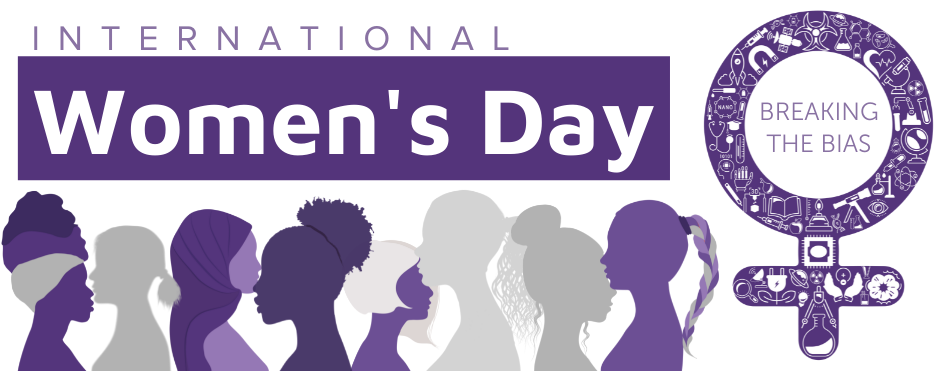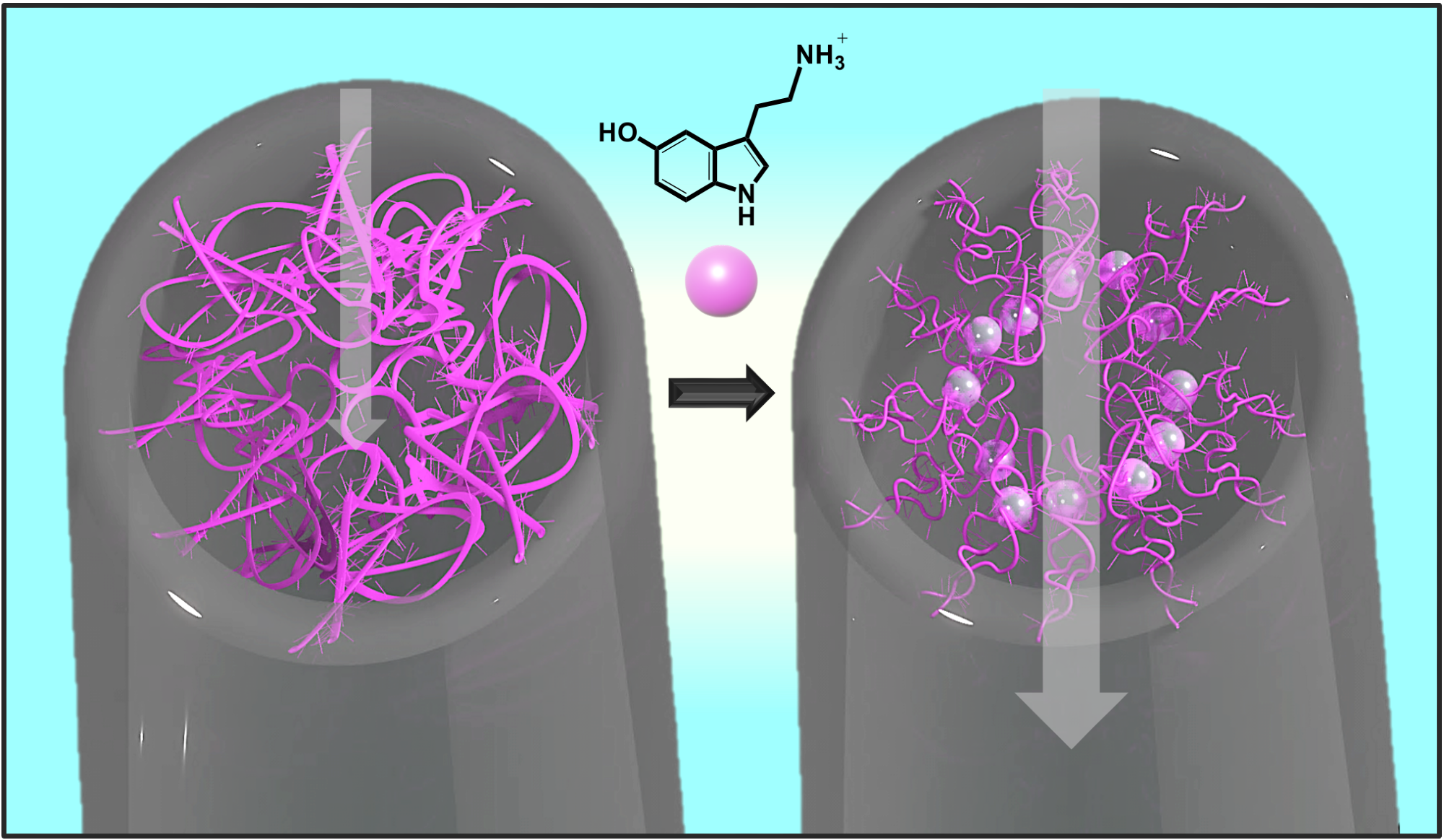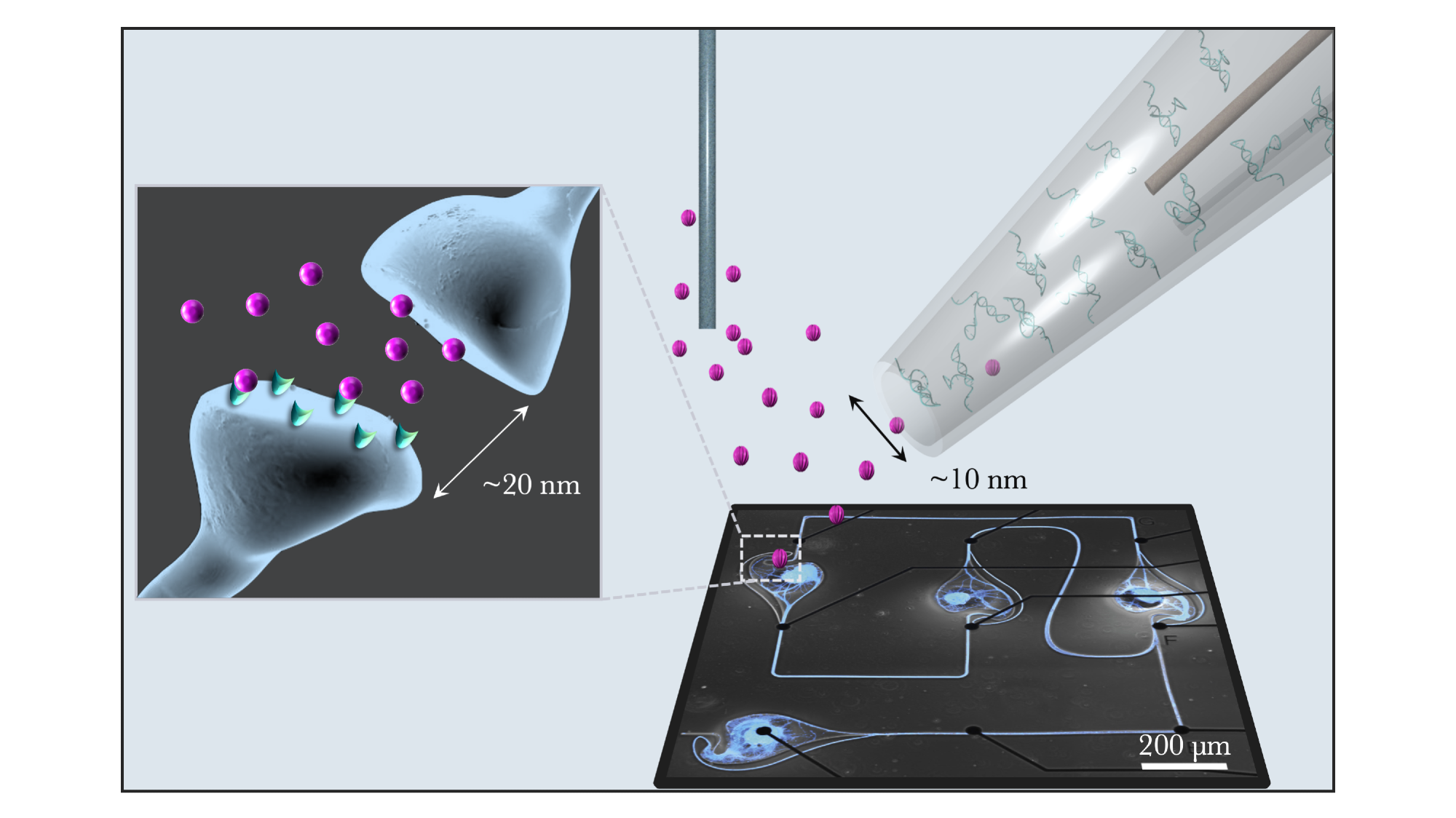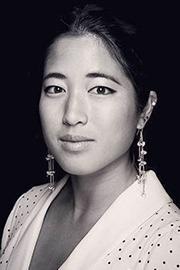This International Women's Day we speak with Dr. Nako Nakatsuka, Senior Scientist at ETH Zurich's Laboratory of Biosensors and Bioelectronics. We discuss some of her research highlights, the benefit biosensors could play in diagnosing complex neurodegenerative diseases, and her thoughts on what it means to #BreakTheBias in STEM.

Please could you briefly introduce yourself and where your research is based?
I am currently a Senior Scientist at the Laboratory of Biosensors and Bioelectronics (LBB) at ETH Zurich. I am originally from Tokyo, Japan and moved to the U.S. for my Bachelor's (Fordham University) and my Ph.D. (University of California, Los Angeles). Research has allowed me to spend my life in diverse areas of the world.
https://lbb.ethz.ch/the-group/principal-investigator/nakatsuka-nako.html
What is your favorite thing about conducting research in Switzerland, and what made you choose to be based there?
Conducting research in Switzerland is an incredible privilege for me. I am in a group that prioritizes work-life balance with a team spirit that enables collaborations that lead to exciting new science.
I am at an institution with talented students who help push scientific visions into realities. Coming to ETH Zurich was quite the coincidence for me – in a time when I was burnt out from my Ph.D. in the U.S., a visiting Professor mentioned how he missed the academic life he had at ETH.
I investigated the possibility of doing a postdoc at ETH, fortuitously found the LBB, and applied for the ETH postdoctoral fellowship. By the time I visited to interview, I knew this was where I wanted to be.

© Marianne Lucien
Could you give an overview of your current research projects?
I currently lead eight projects within the LBB and manage six external collaborative projects. The exciting aspect of my role is investigating diverse research areas.
I believe the best way to tackle impactful scientific questions is by uniting multidisciplinary scientists from different institutions who are experts in their realms.
My main research projects focus on unraveling the black box of brain chemistry; we design nanoscale biosensors to monitor small signaling molecules such as serotonin and dopamine.
One of the grand challenges of today is improving our understanding of brain function, which necessitates new tools that can measure such small molecules with high precision in complex environments like the brain.
In 2021, you were highlighted by MIT Technology Review as a biosensor research pioneer. Why is it so important to develop accurate, cost-effective sensors for disease diagnosis, especially for complex conditions like Parkinson's?
For complex brain diseases such as Parkinson's or Alzheimer's, we are not yet at a stage where we can develop practical biosensors because we lack the knowledge of what biomarker to measure.
My hope for our neurochemical biosensors is to enable interrogation of the basic mechanisms of such diseases: how does the variability of neurochemical X affect the disease progression? Answering such questions is the first step towards finding early diagnosis and treatment strategies for complex conditions.
What are aptamers, and how do they work?
Aptamers are DNA sequences that have been artificially designed through a screening process to recognize and bind to a target of interest.
The key aspect of aptamer-target binding that we harness is the structure switching. Upon approaching a target, the negatively charged DNA changes shape, like a baseball glove closing to capture a ball, which is how we can transduce the chemical binding event as an electrical signal.

© Dr. Nako Nakatsuka/ETH Zurich
How could aptamers help to revolutionize the landscape of biosensor technologies?
Most electronic biosensors fail in physiologically relevant biofluids found in the human body, like blood, urine, saliva, or sweat. The complex biofluids contain a variety of substances that tend to interfere with the actual measurement. For example, the high concentrations of ions conceal specific binding events unless the targeted interaction occurs near the sensor surface.
In my Ph.D. research, we overcame this issue by harnessing DNA aptamers to enable signal transduction within a nanometer of the sensor surface.
Further, aptamers can be designed to be highly selective, which is how our approach tackled the problem of false positives. This success showed that aptamers are ideal for addressing the challenges of biosensing in real environments when implemented correctly.
Importantly, understanding the mechanism of aptamer-based electronic sensing, suggested that hypothetically any target of interest could be sensed in clinically relevant environments using this strategy.
A technology with unlimited targets can certainly revolutionize the biosensing field.
Chemical compounds can have extremely similar compositions, and structural properties like isomerism can add further complications. How do you approach ensuring efficiency and specificity when constructing a new sensor to target a specific molecule?
This challenge of differentiating structurally similar compounds is a critical bottleneck in biosensing, especially in real environments like body fluids.
Our sensors tackle this challenge by harnessing the inherent selectivity of aptamers. As aptamers are created artificially, it is possible to improve their ability to differentiate targets of interest from interfering molecules through a process called "counter-selection".
Aptamer candidates are exposed to high amounts of anticipated nonspecific species to interrogate their ability to differentiate the specific target.
Another unique property of our sensors is the nanoscale pore of ~10 nm that allows us to protect the aptamers and biosensing surface from nonspecific binding in complex environments. Large proteins are unable to access our sensor surface, minimizing surface fouling.

© Dr. Nako Nakatsuka/ETH Zurich
Of the multiple research projects you have been involved in over the years, which stands out to you the most?
I recall my first Ph.D. project where my goal was to discover novel neurochemical aptamers. Halfway through my Ph.D., we found collaborators who had already found these aptamers, and I was initially crestfallen thinking of how much time I had wasted. However, this collaboration helped push forward the technology to unprecedented levels and our team effort resulted in a patent and paper in the journal Science.
What I originally saw as a failure was one of the best turnouts for scientific progression.
The project where I integrated aptamers into nanoscale pores during my postdoc has a special place in my heart as well because it was the first project where I watched students I supervised transform my crazy idea into impactful sensor platforms.
We have seen many innovations in the field of biosensors and bioelectronics, with growing interest from research and industry. In your opinion, what are the major challenges this field faces to become fully integrated into healthcare systems?
Despite the rapid development in the field of biosensors over the past few decades, translation of sensors from the lab to the clinic has been comparatively slow.
The glucometer used in our society to monitor glucose levels in diabetic patients was discovered in the 1960s, and there are few other biosensors that have been integrated into daily life.
I believe there is a critical need to bridge the gap between different fields – from the engineers designing smaller, faster, and cheaper electronics, the chemists developing new analytical tools, molecular biologists designing receptors (like aptamers) to the doctors or individuals who want to use the sensors.
A vision of where the biosensor will ultimately serve people in healthcare systems is necessary to know how to design each component: sensing elements behave differently in different environments. Integration into relevant areas of healthcare necessitates sensors that unite multidisciplinary knowledge to achieve accurate measurements in real scenarios.
Multidisciplinary research is more than just working with researchers in different fields but taking a global approach to collaboration. What more could be done to improve connections between international communities, especially those between women in STEM?
Collaboration and building a strong scientific network are incredibly important aspects of impactful research.
One of the easiest ways to facilitate interactions that lead to possible collaboration is through conferences. Therefore, I want to encourage and support women in STEM to attend and present their research with confidence.
Some conferences already have organized networking events for women or sessions that highlight female leaders in that realm of research. Young researchers should take advantage of these opportunities to expand their network.

© DOERS/Shutterstock.com
This year's theme for International Women's Day is #BreakTheBias, focusing on forging an inclusive, diverse, and equal future between genders. What would you say is the most important action that needs to be taken to achieve this?
To break the bias that exists in our society, we need to push for initiatives that tackle the systematic causes that hinder equal opportunity rather than influencing outcomes.
For example, to fix the leaky pipeline, rather than focusing on attaining certain numbers of female faculty members in specific departments, we must critically evaluate why the retention of women in these fields is so low.
Are girls equally exposed to STEM topics at a young age and encouraged to pursue them? Do institutions and academia enable women to have children and stay equally competitive? Does the gender stereotype of women staying at home with children influence the desire for women who want families to leave the scientific pipeline? We still have many factors to tackle before we can achieve an inclusive future.
Continue reading: International Day of Women and Girls in Science
About Dr. Nako Nakatsuka
 Nako Nakatsuka was raised in Tokyo, Japan and moved to the U.S.A. for her Bachelor's in Chemistry at Fordham University (Bronx, NY) and pursued her Ph.D. at UCLA (Los Angeles, CA). During her Ph.D., she received the Hanson-Dow Excellence in Teaching Award for her commitment to student learning and was nominated by her peers for the Norma Stoddart Prize for Academic Excellence and Outstanding Citizenship.
Nako Nakatsuka was raised in Tokyo, Japan and moved to the U.S.A. for her Bachelor's in Chemistry at Fordham University (Bronx, NY) and pursued her Ph.D. at UCLA (Los Angeles, CA). During her Ph.D., she received the Hanson-Dow Excellence in Teaching Award for her commitment to student learning and was nominated by her peers for the Norma Stoddart Prize for Academic Excellence and Outstanding Citizenship.
Upon receiving the prestigious ETH Zurich postdoctoral fellowship, she moved to Switzerland to join the Laboratory of Biosensors and Bioelectronics. Currently, as a Senior Scientist, leading a team focused on interfacing DNA-based receptors (aptamers) with nanoscale electronic biosensors to detect diverse small molecules such as neurotransmitters.
Her expertise led her to be invited to join the Graphene Flagship in 2020 to realize in-brain sensors, and she was named an MIT Under 35 Pioneer in 2021. She has co-authored over 30 publications on diverse topics such as chemical biosensing, tissue engineering, surface chemistry, and drug delivery systems.
Nako is also passionate about social justice, outreach, and education. She is a member of the Diversity Team in the Association of Scientific Staff at ETH (AVETH) and within her department (D-ITET) and has contributed to initiatives that raise awareness and spark discussion about such topics within Switzerland. She has also illustrated a children's chemistry book: "A is for Atom: ABCs for Aspiring Chemists".
Disclaimer: The views expressed here are those of the interviewee and do not necessarily represent the views of AZoM.com Limited (T/A) AZoNetwork, the owner and operator of this website. This disclaimer forms part of the Terms and Conditions of use of this website.